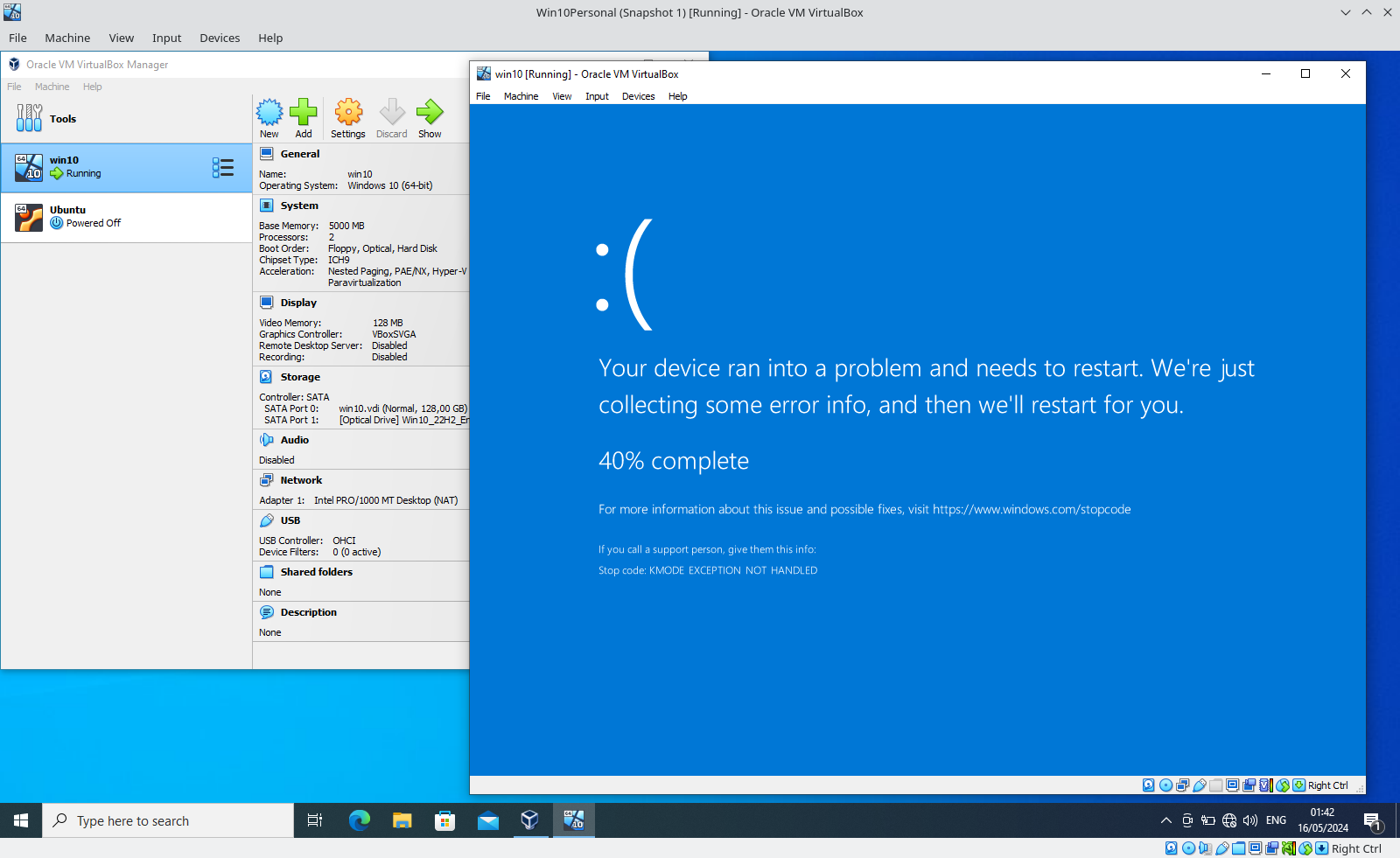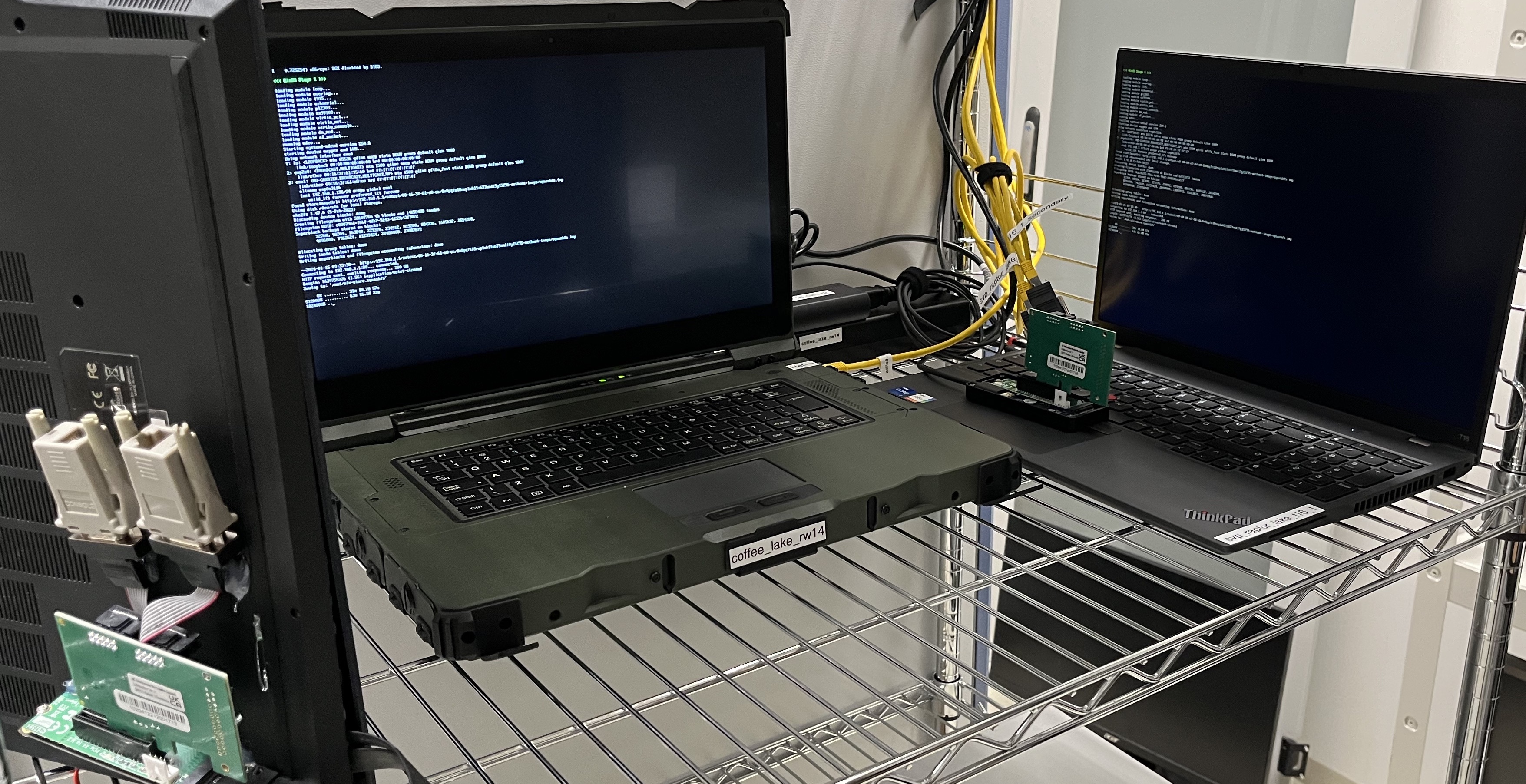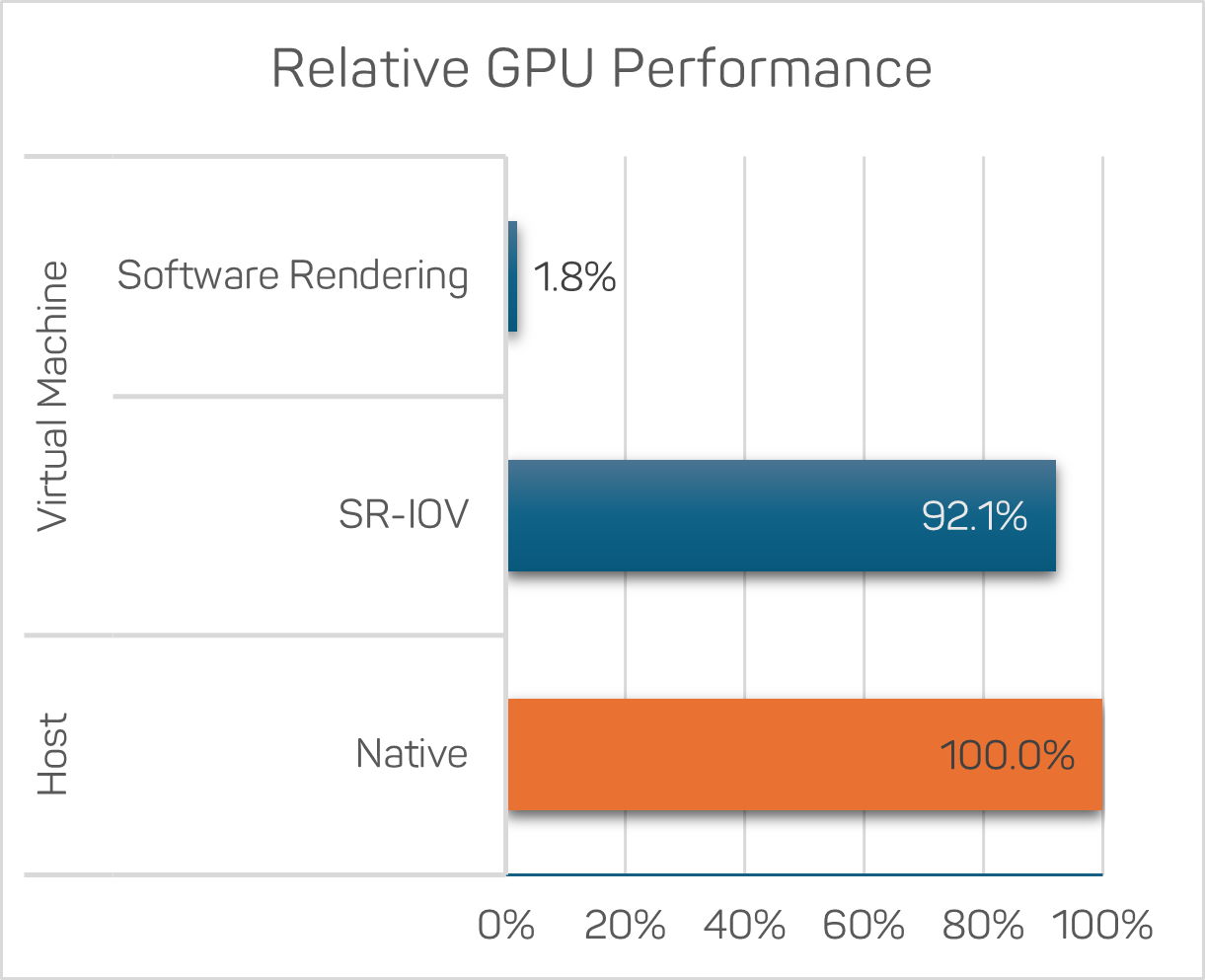Nested Virtualization Bug Hunting with Cyberus Guest Tests
In this article, we describe our discovery of undocumented behavior in KVM's nesting feature. Learn how we solved the situation in our KVM backend for VirtualBox.
- virtualization
- nesting
- testing
- systems engineering
- debugging
- kvm
- virtualbox
- linux
- vmm





